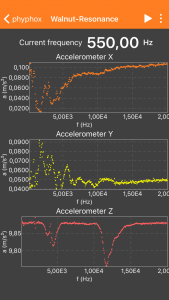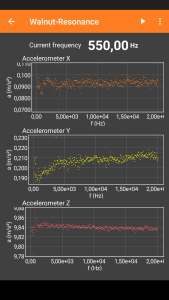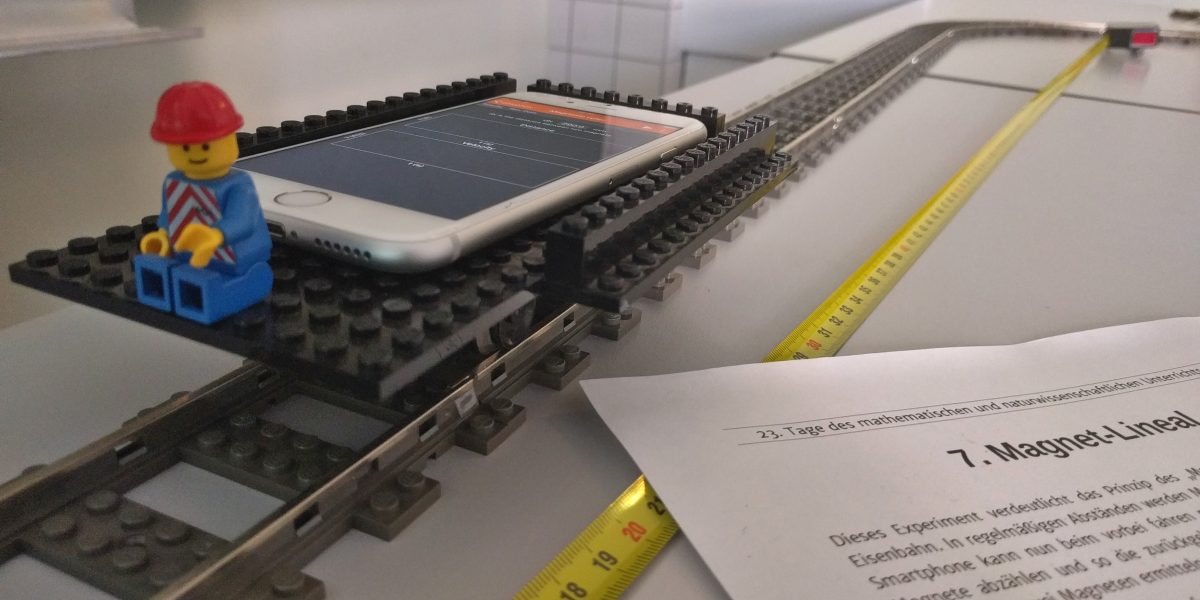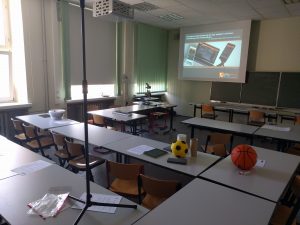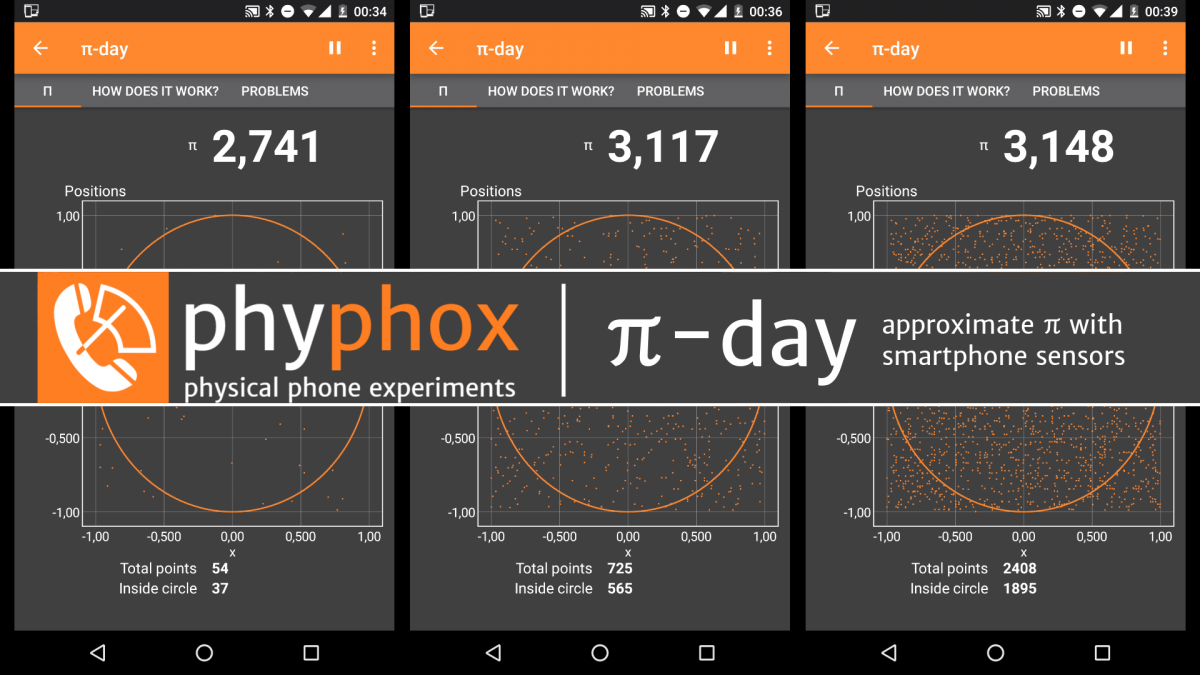There will be a short contributed phyphox talk and a poster at the AAPT Summer Meeting in Cincinnati from July 22nd till July 26th. If you want to meet me and discuss smartphone physics, I will be happy to meet you at a convenient time at the meeting (the poster session might be a little short and busy) – just send me an email (kuhlen@physik.rwth-aachen.de).
Author: Sebastian Staacks
Tracking the speed of a wheel
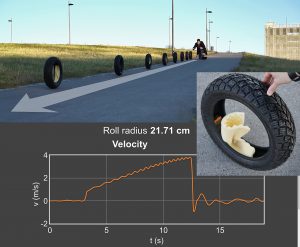
We have just published an article in the German journal “Physik in unserer Zeit”, presenting phyphox and discussing its abilities to create customized experiments and remote control. We demonstrate this using a wheel rolling down a hill with the smartphone placed in its rim. In this experiment, phyphox autonomously determines the radius of the wheel and its velocity (similar to the roll experiment shipped with phyphox).
Physik in unserer Zeit 48, 148-149 (2017) (article in German)
If you want to try the experiment described in the article, you can open it directly in phyphox or download it. The experiment expects the phone to be as close to the outer radius of the wheel as possible and rotate about the x axis.
Meet us in Dublin!
This will be the first chance to meet us outside of Germany: We will attend the GIREP-ICPE-EPEC conference in Dublin with an oral presentation and a poster. Looking forward to meet you there!
MNU convention
Walnut attack
This is a somewhat more unusual experiment: A little more than a week ago, the SPQR group of the University of Michigan has demonstrated, that it is possible to manipulate the readings of an accelerometer with sounds at the sensor’s resonance frequency (Original source). They called this the walnut attack and you can reproduce this with phyphox.
The phyphox version of this experiment generates a sine tone from the speaker and slowly sweeps it from 200 Hz to 20000 Hz while monitoring the data from the accelerometer. You can place your phone on a stable surface, start the experiment and wait for the result. If your accelerometer is susceptible to this type of manipulation, you will see resonances, like in this example from an iPhone 6s.
You can clearly see how the readings from the accelerometer deviate at certain frequencies although the phone is resting.
If your phone is not susceptible, you should barely see any deviations at all like in this example of an Nexus 5X.
If you want to try it yourself, just open the following link on a smartphone with phyphox. (If you came here without knowing about phyphox: It’s a free app for doing physics experiments with your phone, just go to the start page to learn about it.)
Walnut-Resonance experiment
By the way: Don’t worry if your phone shows a resonance. So far, the worst attack based on this is manipulating the number of steps counted by your fitness-tracker…
New event in May: Talk in Ingolstadt
There is a new event in May in southern Germany: There will be a talk on teaching with phyphox in Ingolstadt
Workshop in Erfurt
Just finished the first of two workshops for teachers in Erfurt with great feedback. Looking forward to the second session. For our participants (and anyone else who is interested), here are the info sheets for each of the experiments presented in the workshop (the workshop is in German, so these are in German too): PDF
Happy π-day!
Today is π-day!
Let’s celebrate it by approximating π with smartphone sensors in a fun little phyphox experiment.
Experiment: Pendulum
This is the second of two videos on oscillations with phyphox. This one is about building pendulums and how we collected the data from our students to confirm the simple pendulum model.
(Sorry for the distracting ring light – just threw in all the lighting…)
Experiment: Spring oscillator
With a smartphone and phyphox you can easily explore oscillations: A simple spring oscillator, a damped one or the resonance of a driven oscillator.
This is the first of two videos on oscillations with phyphox.



